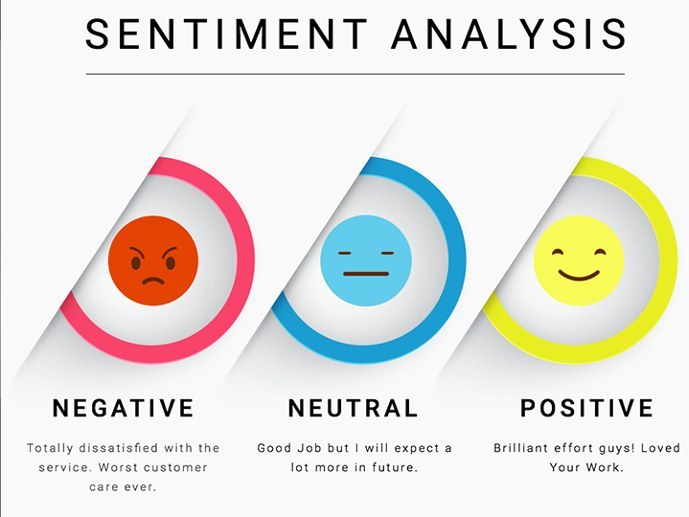MIS Support Sentiment Analysis

Management Information Systems (MIS) support sentiment analysis through various mechanisms:
Data Collection: MIS collect data from various sources where sentiment analysis can be applied, including social media platforms, customer reviews, surveys, feedback forms, and internal communication channels. This data includes text-based content such as tweets, posts, comments, reviews, emails, and chat transcripts.
Text Preprocessing: MIS preprocess text data to clean and prepare it for sentiment analysis. This may involve tokenization, removing stopwords, stemming or lemmatization, and handling special characters or emoticons to normalize the text and improve the accuracy of sentiment analysis algorithms.
Sentiment Analysis Algorithms: MIS employ sentiment analysis algorithms to analyze text data and extract sentiment polarity or sentiment scores. These algorithms can be rule-based, lexicon-based, machine learning-based, or hybrid approaches that classify text into positive, negative, or neutral sentiments based on the words, phrases, or context.
Natural Language Processing (NLP): MIS leverage natural language processing (NLP) techniques to understand and interpret the meaning of text data in sentiment analysis. NLP algorithms parse text, identify sentiment-bearing words or phrases, and analyze syntactic and semantic structures to infer sentiment polarity or sentiment intensity accurately.
Feature Extraction: MIS perform feature extraction to identify relevant features or attributes from text data that contribute to sentiment analysis. This may involve extracting key words, n-grams, semantic features, or syntactic patterns that are indicative of sentiment polarity or sentiment orientation within the text.
Model Training and Evaluation: MIS train sentiment analysis models using labeled datasets to learn patterns and relationships between text features and sentiment labels. These models are evaluated using performance metrics such as accuracy, precision, recall, and F1-score to assess their effectiveness in predicting sentiment polarity or sentiment scores.
Integration with Applications: MIS integrate sentiment analysis capabilities into various applications and systems to support decision-making and operational activities. This includes integrating sentiment analysis into customer relationship management (CRM) systems, social media monitoring tools, marketing analytics platforms, and business intelligence dashboards to analyze customer feedback, monitor brand sentiment, and assess market trends.
Real-time Analysis and Monitoring: MIS perform real-time sentiment analysis to monitor and analyze sentiment trends as they unfold. This involves continuously processing incoming text data streams, detecting sentiment shifts or anomalies, and triggering alerts or notifications based on predefined thresholds or patterns.
Visualization and Reporting: MIS provide visualization tools and reporting capabilities to visualize sentiment analysis results and communicate insights effectively to stakeholders. This includes sentiment heatmaps, sentiment distribution charts, sentiment trend analysis, and sentiment-based dashboards that highlight key findings and actionable insights derived from sentiment analysis.
Feedback and Iterative Improvement: MIS collect feedback from users and stakeholders on sentiment analysis results to identify areas for improvement and refine sentiment analysis models over time. This iterative feedback loop helps enhance the accuracy and effectiveness of sentiment analysis algorithms and ensures that they align with business objectives and user requirements.
Overall, MIS play a crucial role in supporting sentiment analysis by collecting and preprocessing text data, applying sentiment analysis algorithms, integrating sentiment analysis into applications and systems, performing real-time analysis and monitoring, visualizing results, and incorporating feedback for continuous improvement. By leveraging sentiment analysis capabilities, MIS enable organizations to gain valuable insights into customer opinions, market sentiment, brand perception, and public sentiment, driving informed decision-making and strategic initiatives.
Thank you,